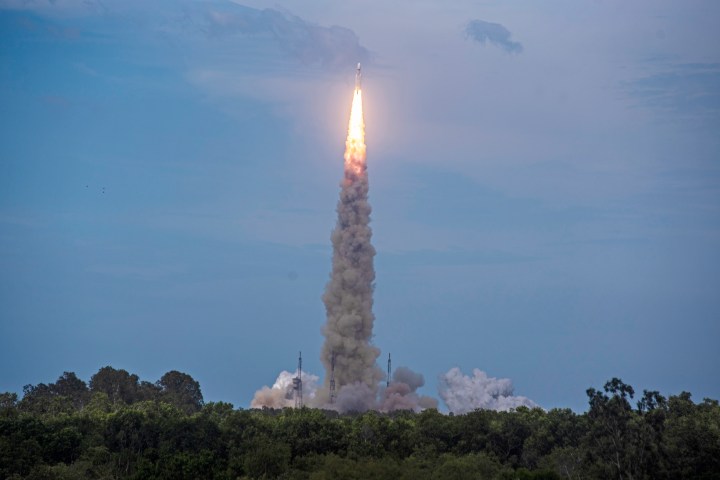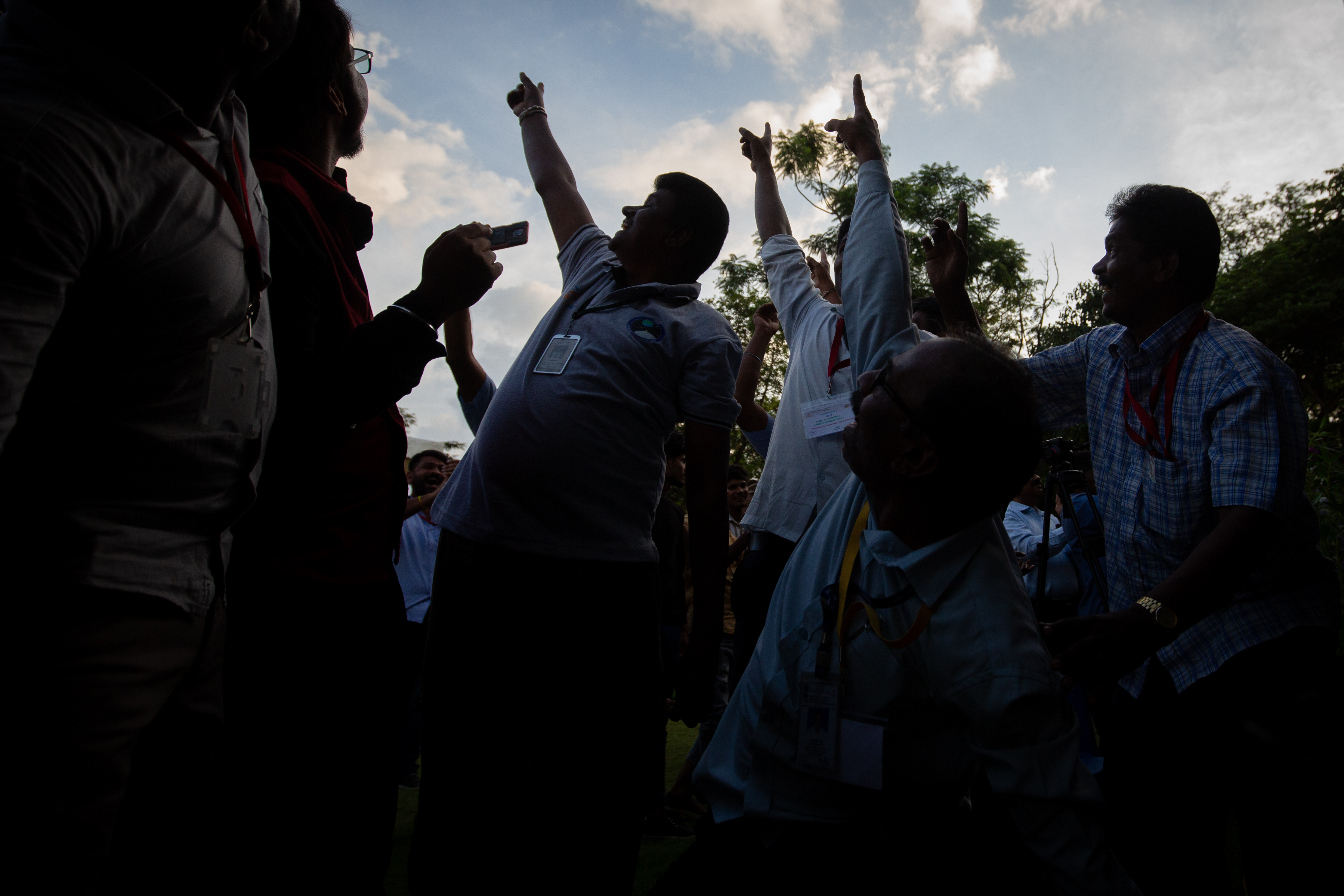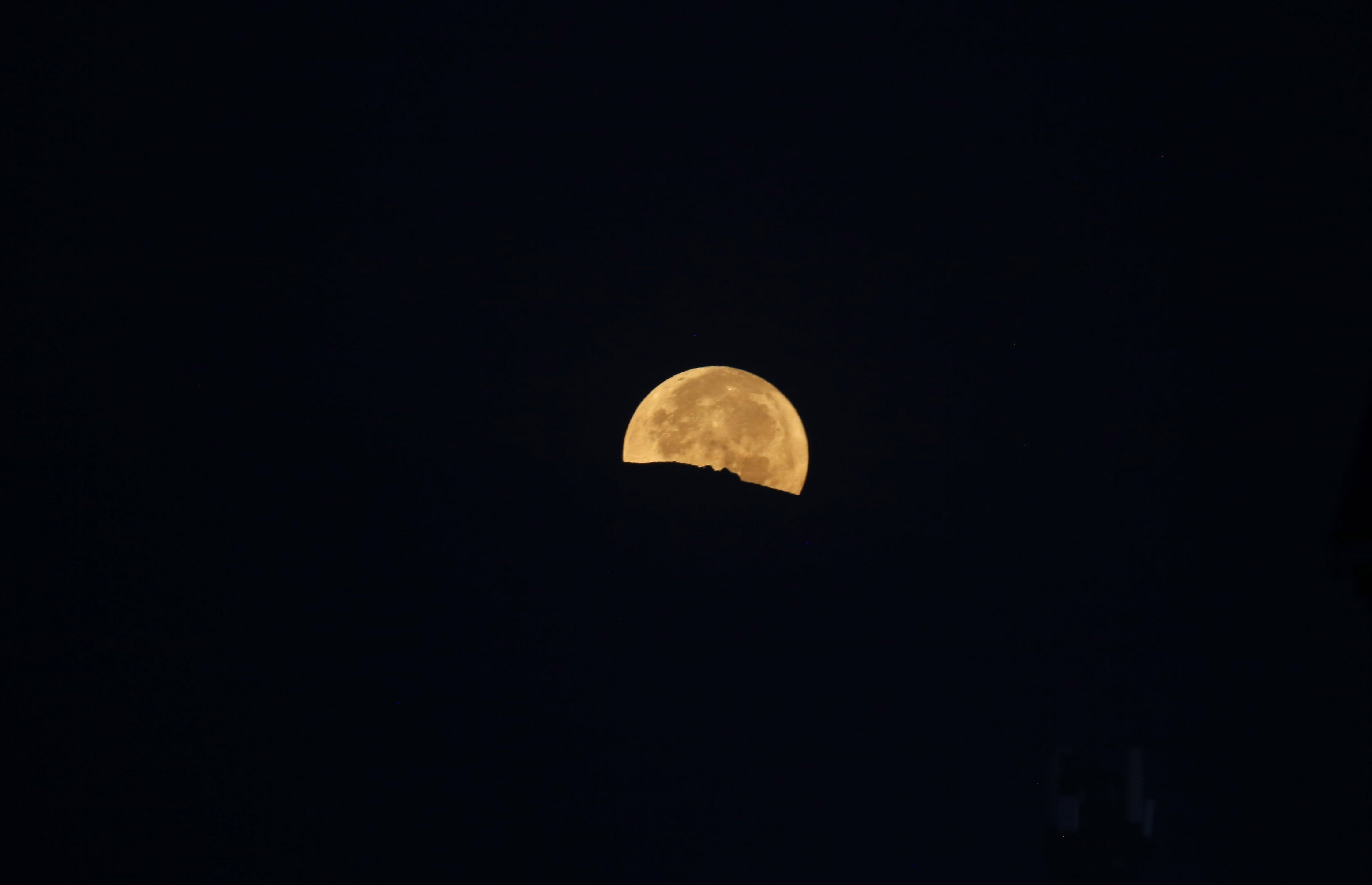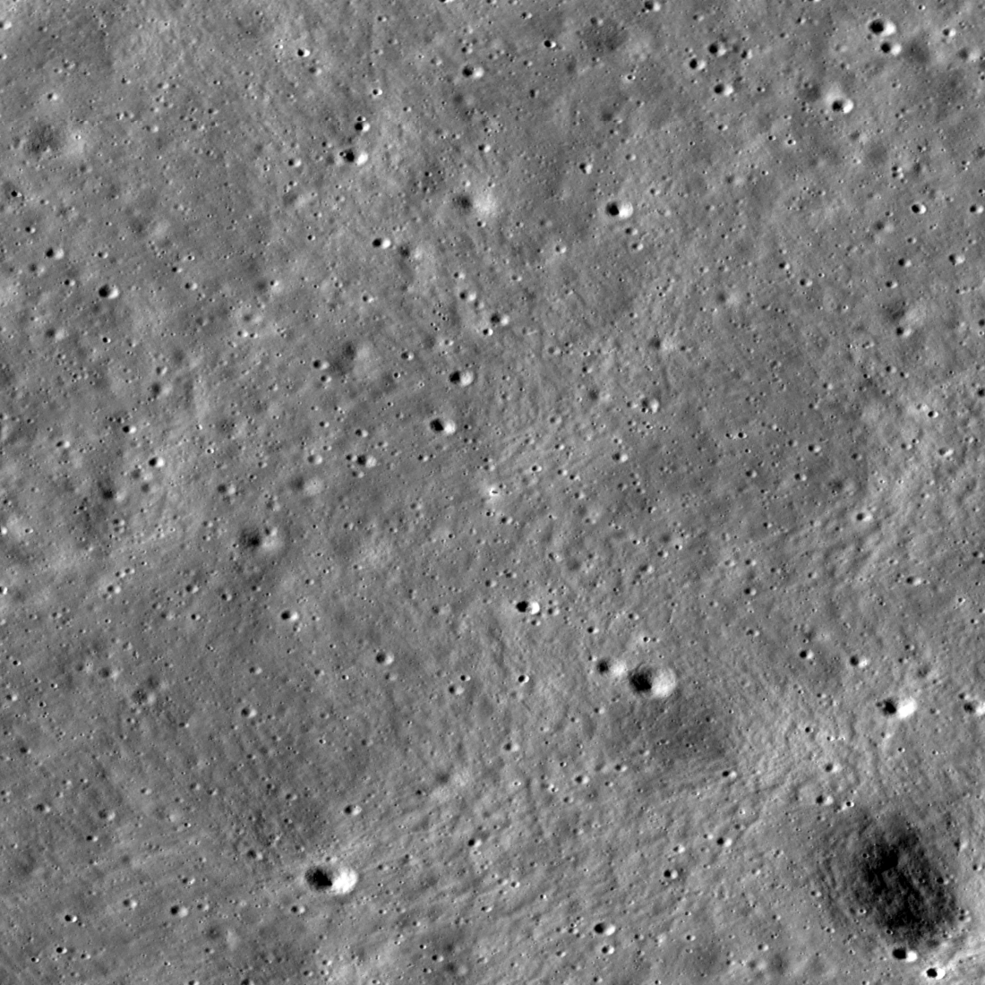SPACE RACE
Where no rover has gone before – India’s exploration of the lunar south pole

What India’s Moon landing means for the space race, and why its rover went to ‘sleep’ two weeks later.
On 23 August 2023, India became the fourth country to complete a successful soft landing on the Moon’s surface when its Chandrayaan-3 mission touched down.
Not only that, but the lander Vikram also landed closer to the Moon’s south pole than any other spacecraft has before.
Indian Prime Minister Narendra Modi named the landing site “Shiv Shakti Point”, a name rooted in Hindu mythology. In Sanskrit, “Shiv” references Shiva, a supreme god in Hinduism, while “Shakti” means “power”.
“In Shiv, there is resolution for the welfare of humanity and Shakti gives us strength to fulfil those resolutions,” Modi said.

Students with their faces painted as the Moon gather to celebrate India’s first attempt to land on the Moon, in Chennai on 22 August 2023. (Photo: EPA-EFE / Idrees Mohammed)
The landing came as various nations were engaged in their own Moon missions, though some have been more successful than others. Barely two days before, Russia’s Luna-25 spacecraft lost control and crashed into the lunar surface after encountering a problem preparing for pre-landing orbit. Two weeks after India’s landing, Japan launched its lunar exploration spacecraft, the “moon sniper”, hoping to become the fifth country to land on the Moon by early 2024. Most notable, perhaps, is Nasa’s “Artemis” mission, which hopes to put humans back on the Moon for the first time in decades.
Chandrayaan-3 Mission:
‘India🇮🇳,
I reached my destination
and you too!’
: Chandrayaan-3Chandrayaan-3 has successfully
soft-landed on the moon 🌖!.Congratulations, India🇮🇳!#Chandrayaan_3#Ch3
— ISRO (@isro) August 23, 2023
Why the rush?
India’s success, neatly sandwiched between Russia’s failure and Japan’s hope, stands out in a multinational space race many nations are eager to win. Marc Norman and Penelope King, writing for The Conversation in 2017, identified five reasons a landing is so coveted. The first is a standout: any mission is a driving force for innovation and technology. India’s three main objectives for the Chandrayaan-3 mission – to demonstrate a safe landing on the Moon, to demonstrate operating a moon rover on the lunar surface and to conduct in-situ scientific experiments – reflect this. From the moment the vehicle touched down, India began gathering meaningful data that can be applied both in space and back on Earth.

Employees of the Indian Space Research Organisation point to the sky as they celebrate the successful landing of Chandrayaan-3 mission on the Moon, inside the ISRO Telemetry Tracking and Command Network facility in Bengaluru on 23 August. (Photo: Abhishek Chinnappa / Getty Images)
Excitingly, within three days of being on the Moon, seismic detectors attached to Vikram reported the first evidence of a “moonquake” since the 1970s. This gives rare insight into what is going on below the lunar surface.
Norman and King also noted that the Moon is an “easy” and “tempting” target. It is only 384,400km from Earth, and radio communication over that distance takes two seconds at most. From Mars, for example, it could take up to an hour.
“The low gravity and lack of an atmosphere on the Moon also simplifies operations for orbiters and landers,” they write.
And yet, there is still so much that remains unknown about that rock that orbits Earth. The south pole is even more mysterious. The following phase of the Chandrayaan-3 set out to explore the Moon’s south polar region for the first time, with rover Pragyan rolling out onto the surface.
Pragyan’s mission
India’s rover Pragyan, meaning “wisdom” in Sanskrit, is a rectangular craft 91.7 x 75.0 x 39.7 cm in size, fitted with navigation cameras and a solar panel that can generate 50W.

A super blue moon sets behind a mountain in Srinagar, the summer capital of Indian Kashmir, on 31 August 2023. This second super blue moon in August was also the last blue moon until 2037. People in different parts of the world saw a supermoon where the Moon comes to its closest point to the Earth. (Photo: EPA-EFE / Farooq Khan)

The Chandrayaan-3 lander is in the centre of the image, its dark shadow visible against the bright halo surrounding the vehicle. The image is 1,738m wide; frame No. M1447750764LR. (Photo: Nasa’s Goddard Space Flight Center / Arizona State University)
Pragyan is equipped with an Alpha Particle X-ray Spectrometer and Laser Induced Breakdown Spectroscopy (LIBS) which can determine what chemical elements are present in the Moon’s soil and rocks. Five days after it set out, Pragyan confirmed the presence of sulphur in the region, something orbiters were not able to do. This was achieved by LIBS, which focused a high-energy laser pulse onto materials on the Moon, creating a plasma which generates a plasma light. When in a plasma state, each element generates this light at its own wavelength, which is then detected and identified.
Other elements, such as aluminium, iron and oxygen, have also been detected, and the Indian Space Research Organisation also reported that a “thorough investigation regarding the presence of hydrogen is under way”.
Pragyan goes to sleep
Fewer than two weeks after Pragyan made contact with the Moon, however, India reported that the rover had been put into hibernation, putting a sudden end to the discoveries. The reason? The rover was experiencing its first “lunar night”, where the Moon will go through 14 days without sunlight, causing temperatures to plummet to -253°C.
Unfortunately, neither Vikram nor Pragyan are equipped with heaters to keep the hardware on board spacecraft at sustainable operating temperatures. Only time will tell if the duo will survive the night, and we will only know when the sun rises on the Moon again. DM



















 Become an Insider
Become an Insider
Comments - Please login in order to comment.